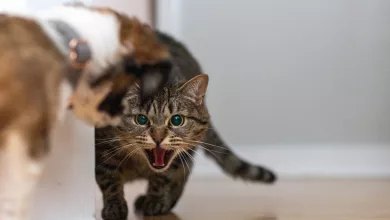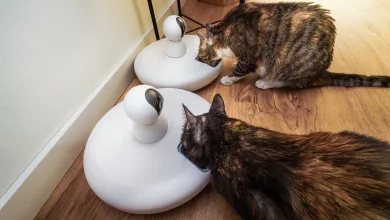Pets may not use words, but they’re constantly talking to us. Through body language, sounds, and behavior, animals have their own way of getting messages across. If you pay attention, you’ll start to understand what they’re trying to tell you.
1. Body Language Speaks Volumes
A wagging tail, pinned ears, dilated pupils—these subtle signals can say a lot. Dogs might wag their tails when happy, but a stiff wag can mean they’re on alert. Cats show affection by slow blinking or rubbing against you, while flattened ears usually signal fear or agitation. Each movement has meaning if you know what to look for.
2. Vocalizations Have Purpose
Barking, meowing, chirping, whining—these sounds aren’t random. Dogs might bark to alert, play, or express frustration. Cats meow mainly to communicate with humans, not other cats. Birds, guinea pigs, and even rabbits have their own set of noises to show excitement, discomfort, or curiosity. Learn your pet’s unique “vocabulary” and you’ll be better equipped to respond.
3. Eye Contact and Expression
Eyes can reveal trust, tension, or fear. A dog that looks at you softly with relaxed eyes is likely content. Prolonged staring, especially with a rigid posture, can be a warning. Cats may slowly blink at you to show affection—it’s their way of saying “I trust you.”
4. Touch and Proximity
Where your pet positions themselves says a lot. A dog who leans into you is looking for comfort or connection. A cat that curls up beside you is showing trust. If they avoid touch or pull away, something may be bothering them—physically or emotionally.
5. Behavioral Shifts
Sudden changes in habits—like hiding, pacing, or loss of appetite—can be a form of communication. Pets often act out of character when they’re stressed, sick, or anxious. These shifts are signals that something’s off, and they’re hoping you’ll notice.
6. Repetition and Patterns
Pets learn routines fast, and they’ll create their own ways of letting you know what they want. Standing by the door may mean they need to go out. Pawing at their bowl could signal hunger. These behaviors aren’t random—they’re your pet’s version of asking for something.
Final Thoughts
Communication with pets is a two-way street. The more you observe and understand their signals, the better your bond becomes. It’s not about decoding every twitch or sound—it’s about being present and tuned in. When you listen, your pet knows it—and that builds trust, connection, and a deeper relationship.




